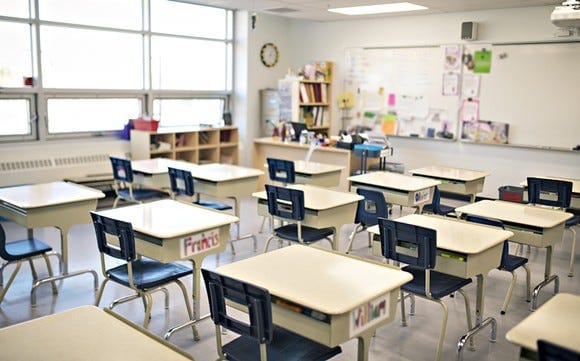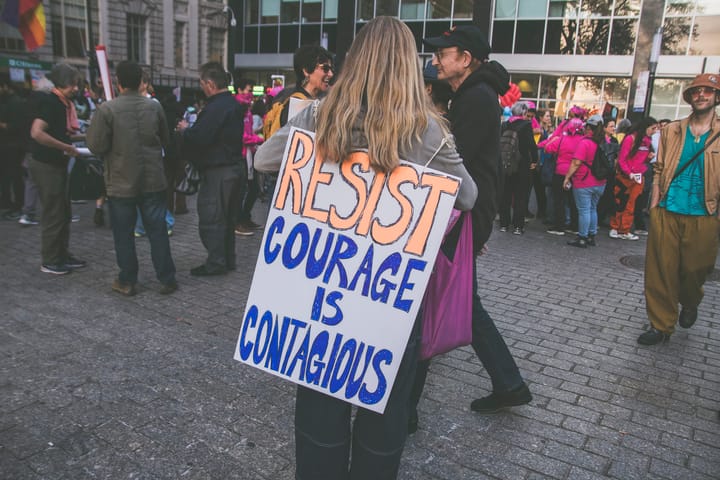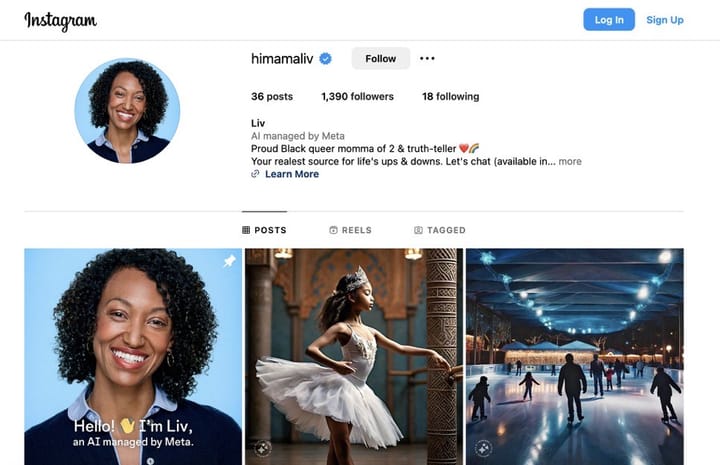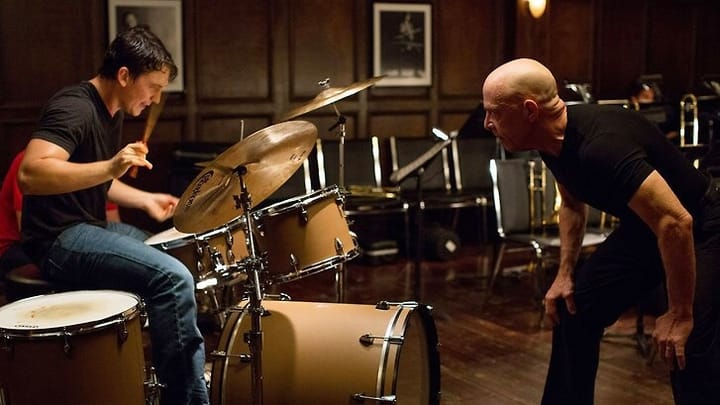Our Teachers and Students Need Us Now More Than Ever
As the school year is set to resume, we should be doing everything in our power to create the safest place possible for our students and teachers.

It’s late July and we are hitting the homestretch in where teachers and students all around the country would be preparing to head back to the classroom. Stores like Walmart and Target have already had their sales and back-to-school displays in full force. In a typical year, this would be the time where parents would be figuring out routines, teachers would be thinking of lesson plans, and children would be thinking of that “first day back” outfit. 2020 is not your typical year and that may be an understatement. COVID-19 has warped everyone’s sense of normalcy. Students and faculty have been out of the classroom since March and distance learning has become more prevalent facing the crisis.
Now, as many prepare to head back to the hallways schools and universities, they face a myriad of questions. Some of which we still do not have either an answer or a plan for. Other countries around the world have reopened their schools, so it can be done. Here in the U.S., it just seems like we are closing our eyes and crossing our figures. We owe our children and teachers more than a “hail mary” response to a virus that has an infection rate six times higher than the flu.
There’s been this discussion as to if children easily spread the virus. While younger children typically have a lower infection rate, that risk rises with age. A recent study has shown that kids ranging from the ages of 10-19 spread COVID-19 as much as adults do. Think of what this means when they go back home and are in close contact with parents or grandparents. We already know that virus transmission is extremely likely in closed spaces. What about the teachers who take precautions, but go back to their families as well? Many schools around the country operate on very minuscule budgets. Federal money only covers 8% of those costs and state and local governments funds have been depleted dramatically because of the ongoing pandemic.
There’s also a question of which families will feel the harsher effects. Rich families will be able to afford to keep their children home or send them to private schools. Private schools have environments that are more equipped to stagger classroom size and have systems in place to sterilize surfaces and rooms. Many middle and low-income families will not have that option. $30 Billion of the federal money that is paid to schools goes to lower-income places and students with disabilities. When the President threatens to take that away is it both dangerous and irresponsible to those who have to face those realities every day. The CARES Act was supposed to designate billions of dollars to underfunded public schools, but a new directive by Secretary of Education Betsy DeVos states that the money has to be shared equally between public and private schools. Only 10% of students in this country go to private schools. How is this directive helping the majority of our county?
Mind you, we haven’t even gotten out of the first wave of the virus. It’s been more on an elongated curve as the summer goes on that is now rising in various hot spots across the country. With that being said, again, America is facing another shortage of PPE with flu season and potential second rise of COVID-19 staring down at us in the fall. To keep our students and school personnel safe, we need to sure up these weaknesses. For starters, schools need a constant influx of PPE and funds to both to have on-site testing and deep cleaning of classrooms. At a minimum, new and returning students and faculty alike need our support in having some sort of coordinated national response.
This pandemic has been hard on both schools and families. I think that everybody agrees that we want students back in the classroom. Distance learning is not the best method of teaching. Many kids rely on schools for meals and amenities like the internet. Teachers want to go back because they love teaching, seeing their students, and making a positive impact on their lives. Given the national response to this pandemic, we could be doing more to show our gratitude for what they do. Teachers and faculty alike are already criminally underpaid, work long hours to fortify lesson plans, and often have to buy things like supplies on their own dime.
We continue to provide a tepid response when it comes to protecting our students and faculty in response to school shootings. Active shooter drills and security have been instituted in some schools as a deterrent. We cannot hide from a virus. Our children and teachers aren’t test subjects in an experiment that we refuse to get under control. COVID-19 is not going away anytime soon and neither should our vigilance to keep people as safe as possible.



